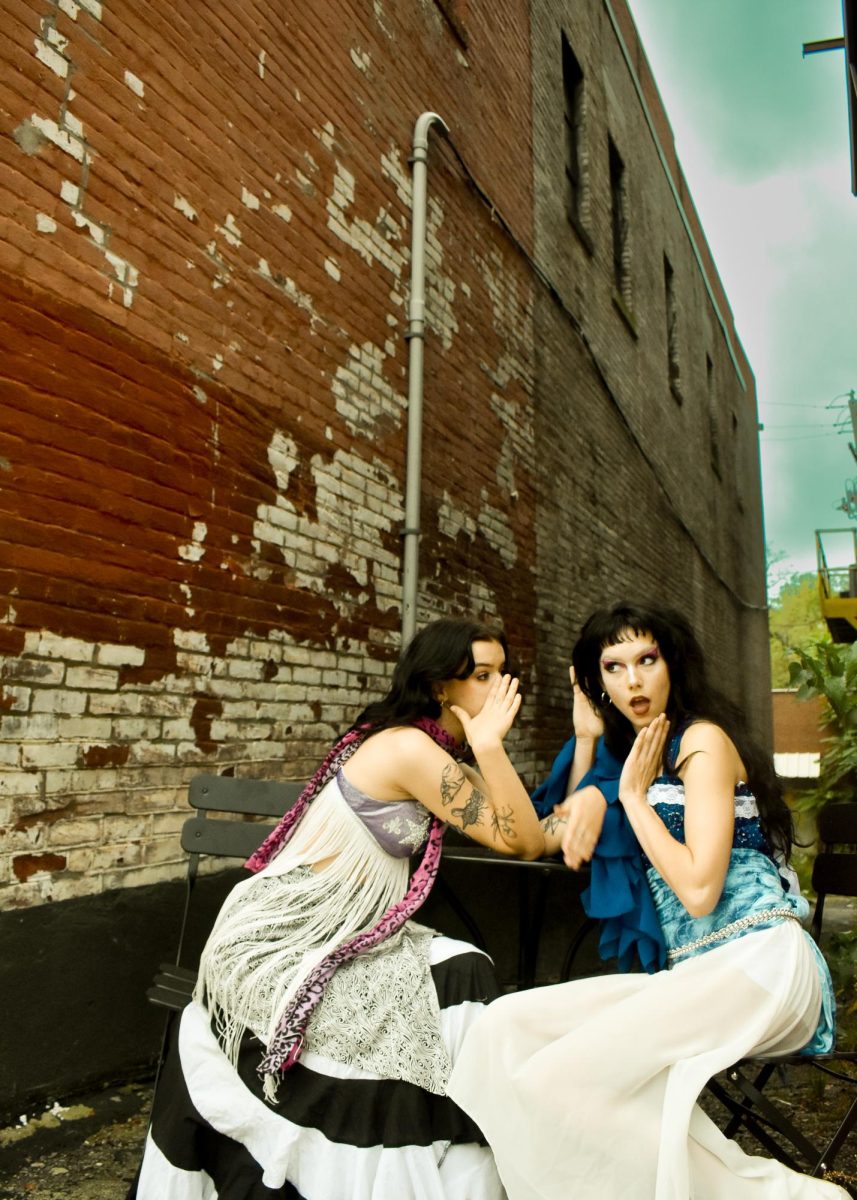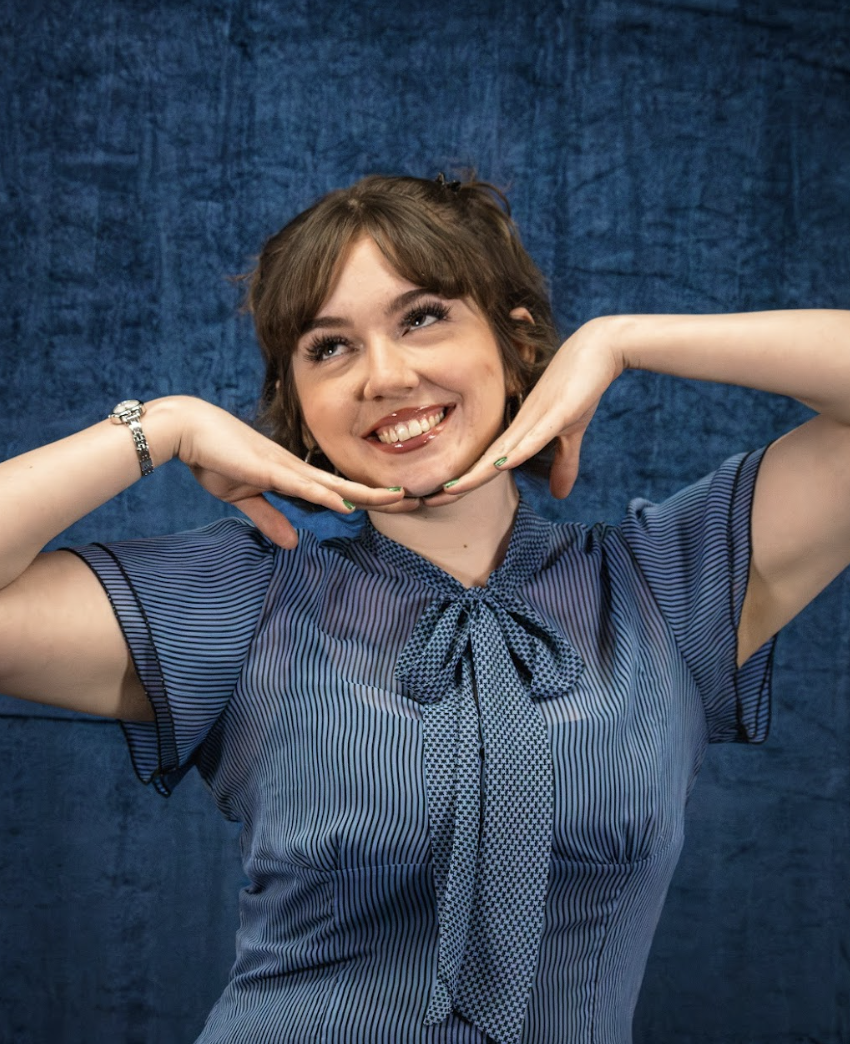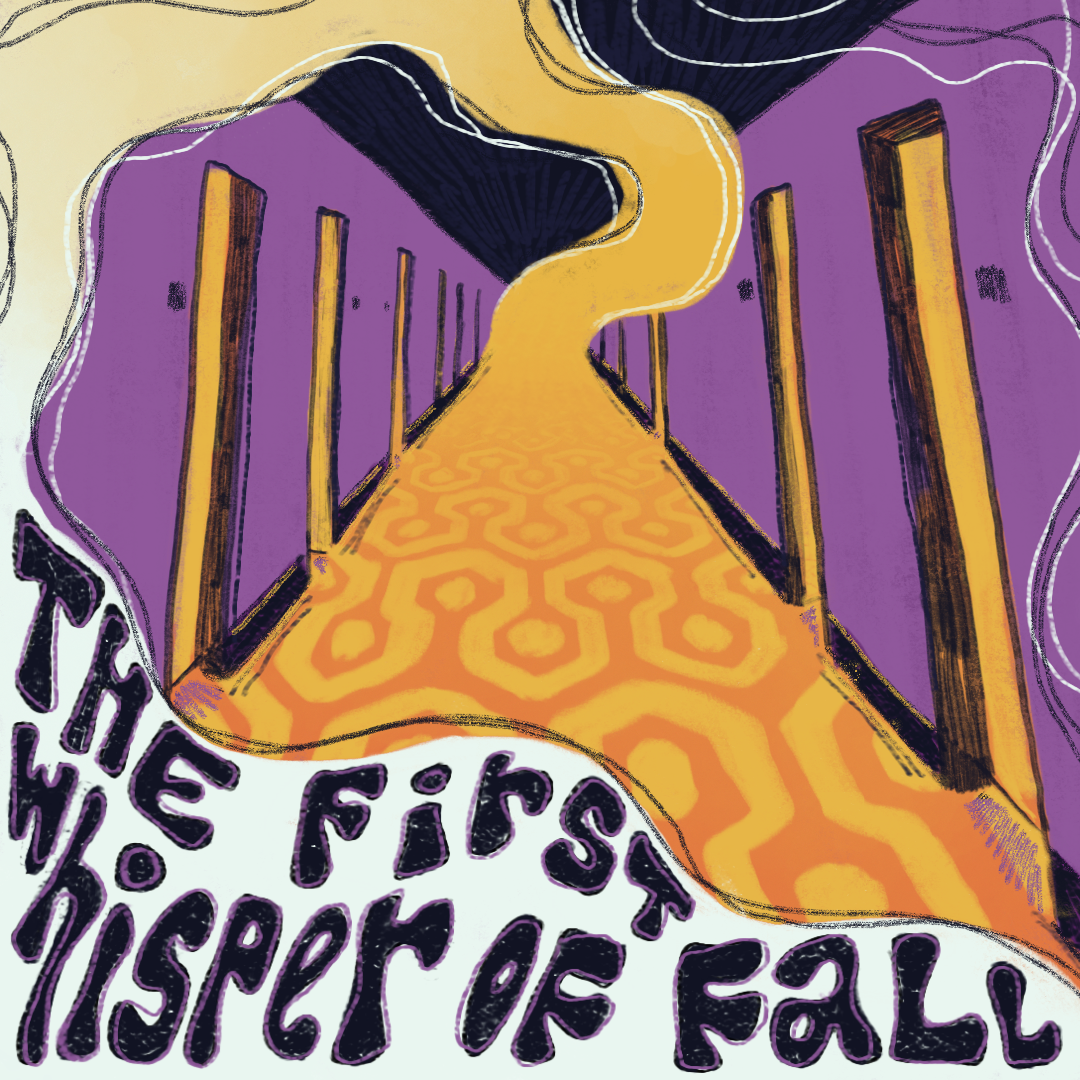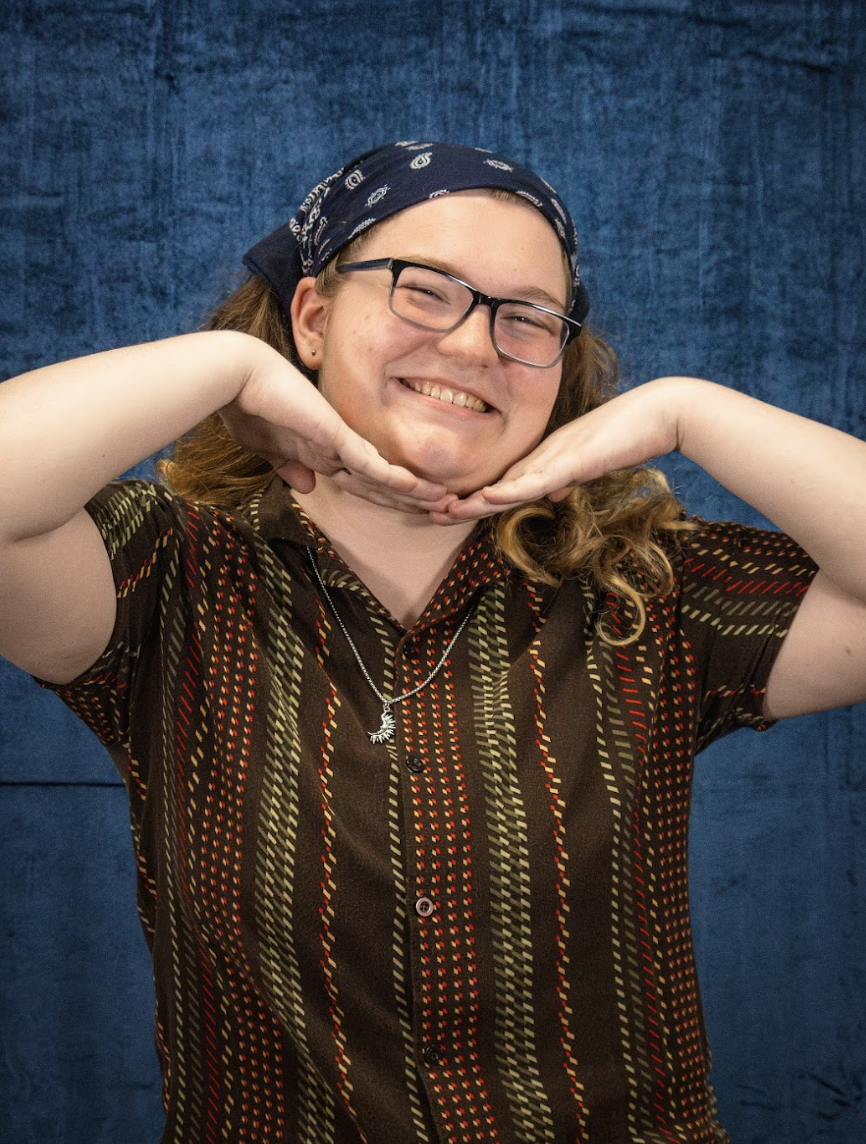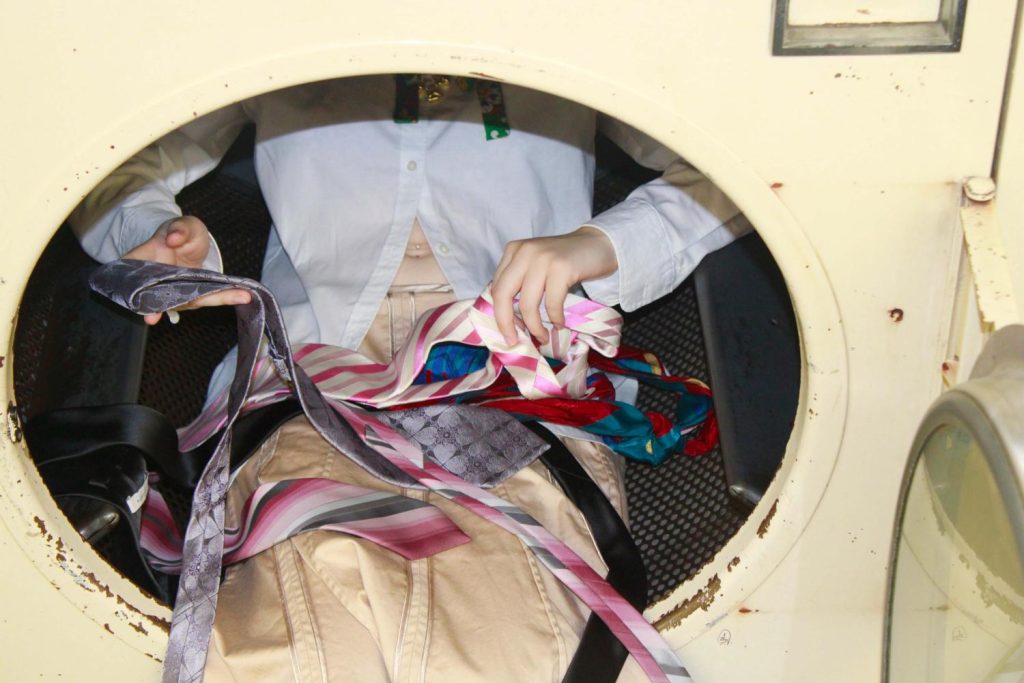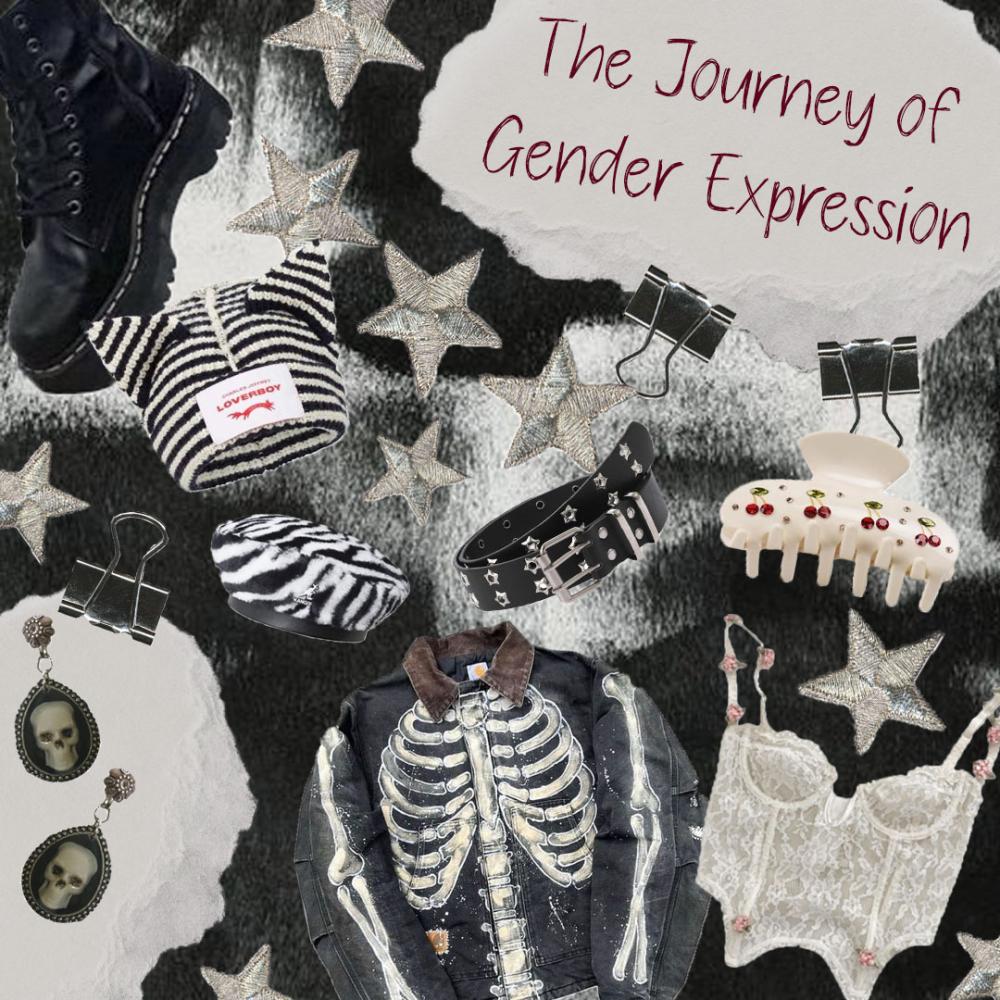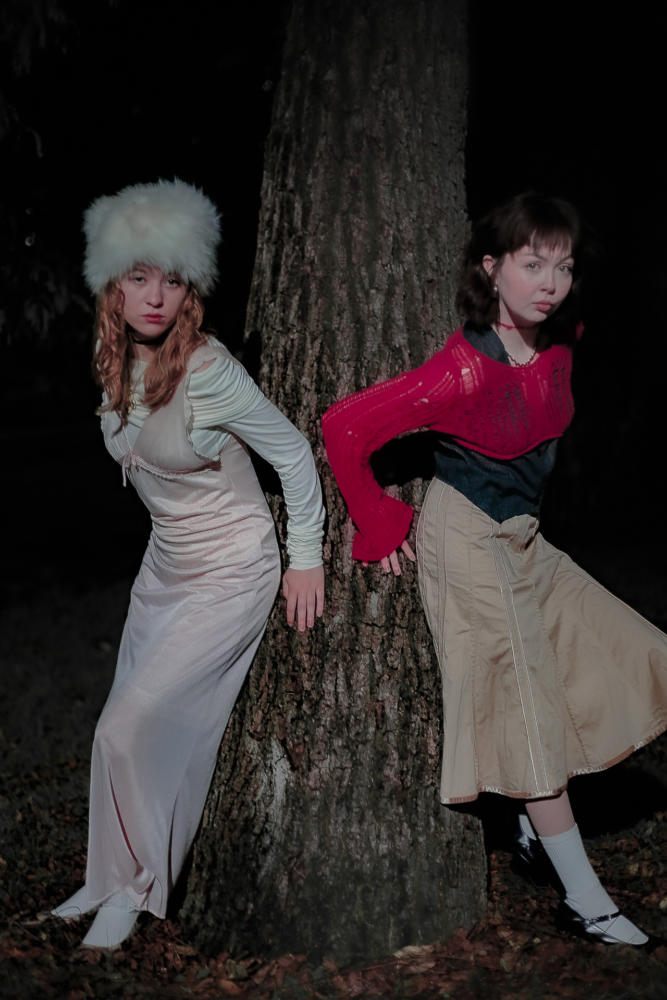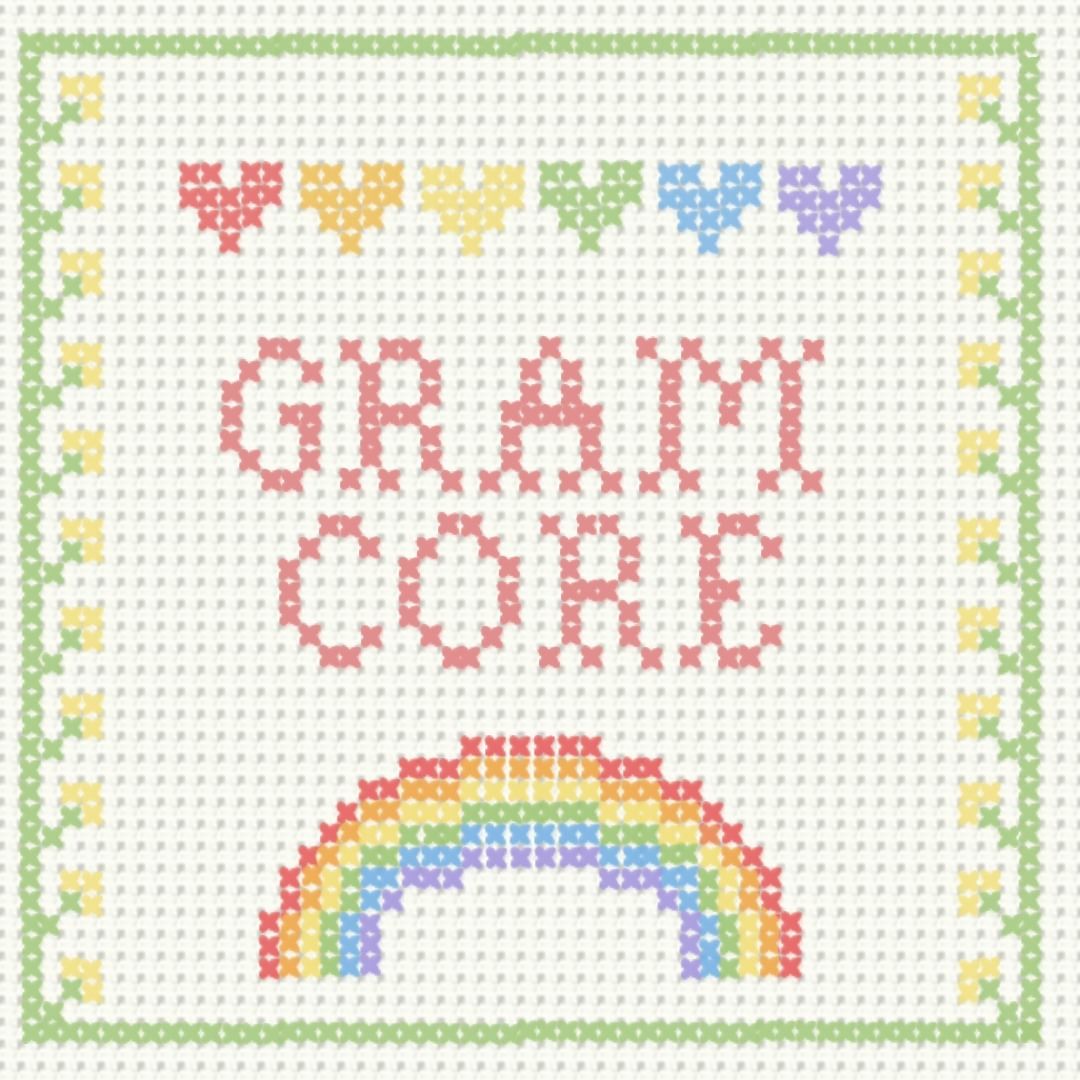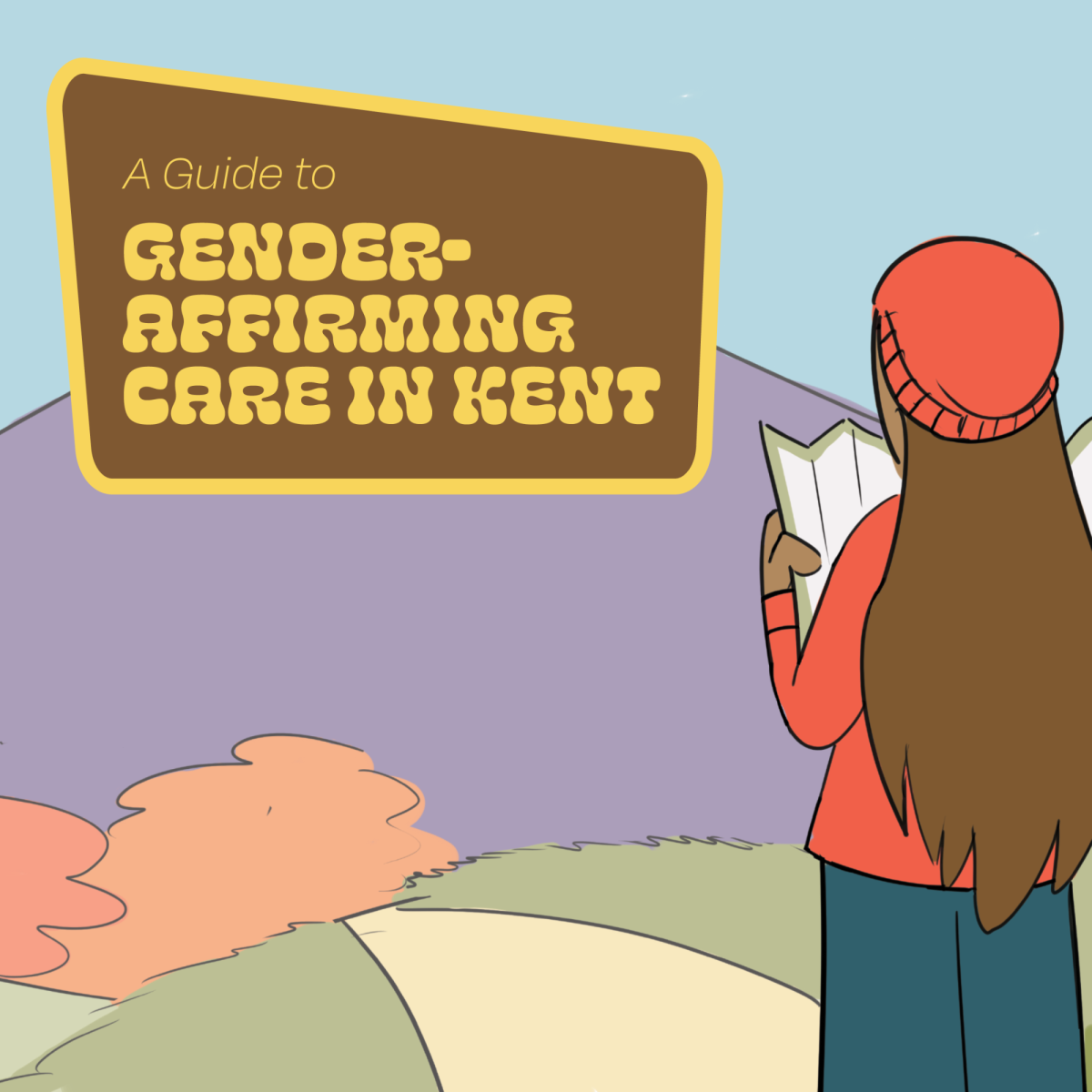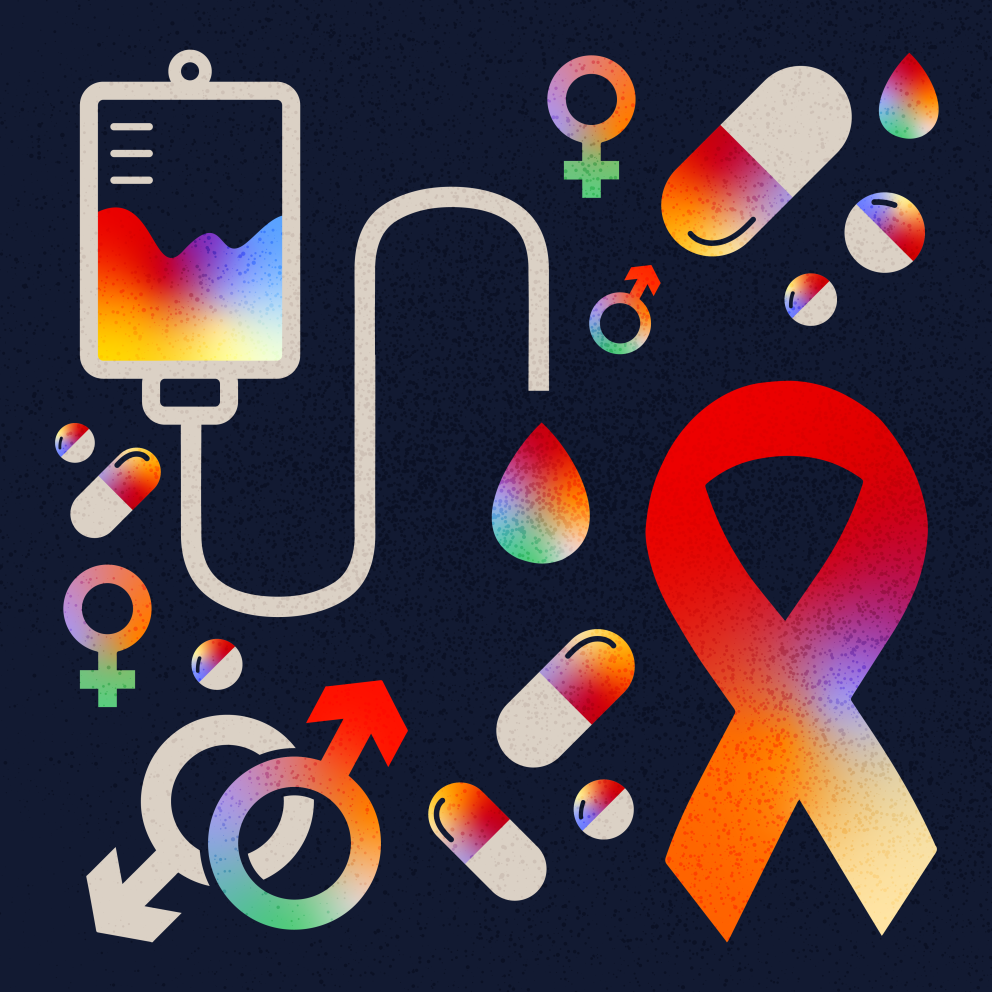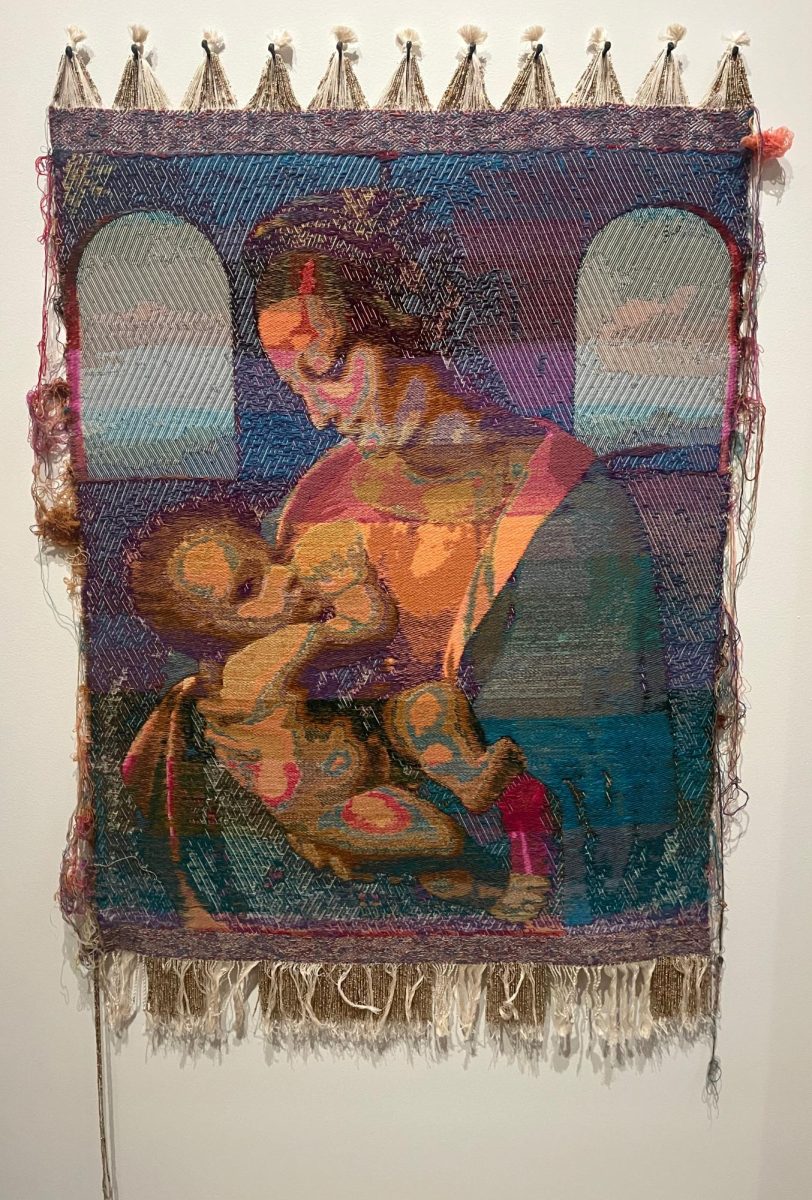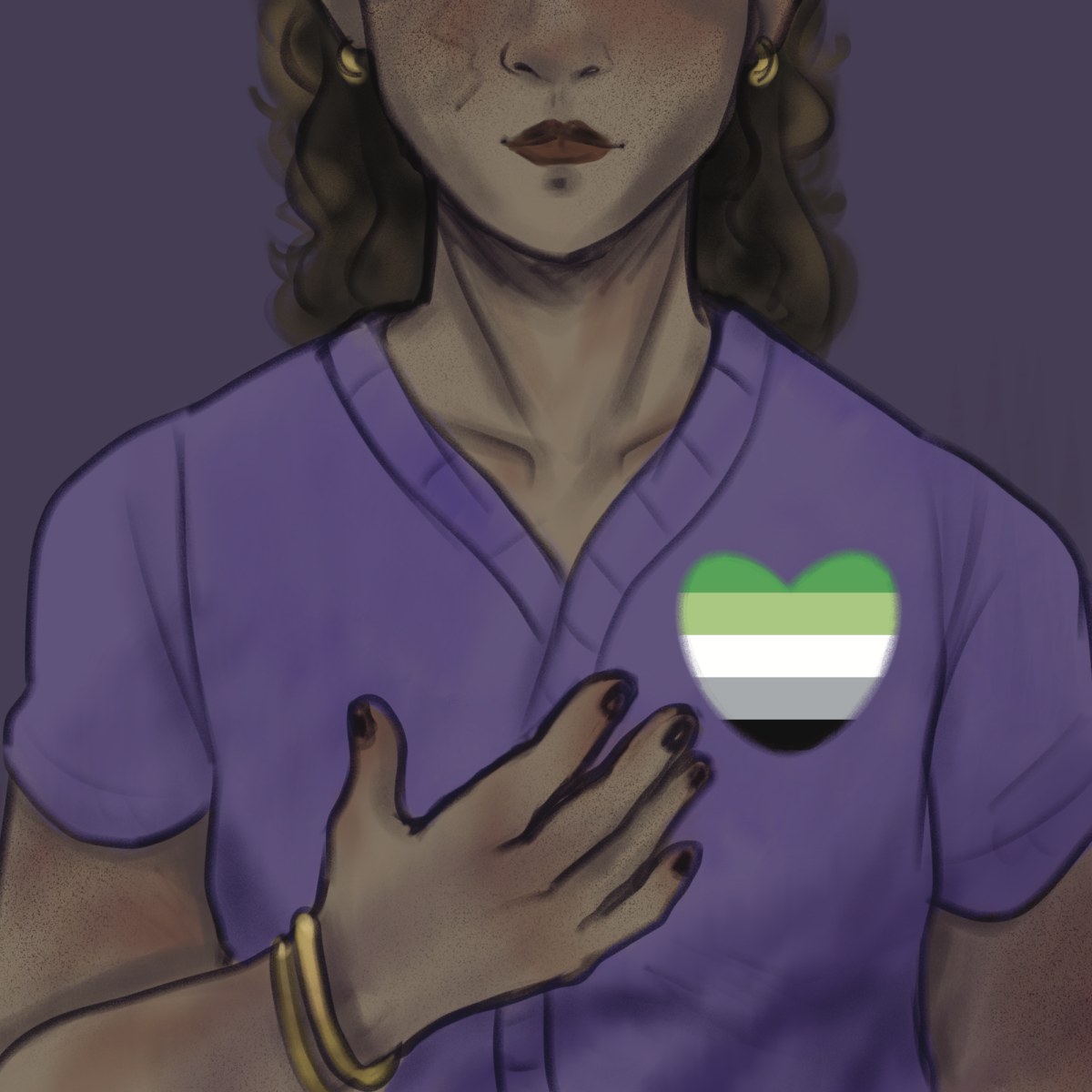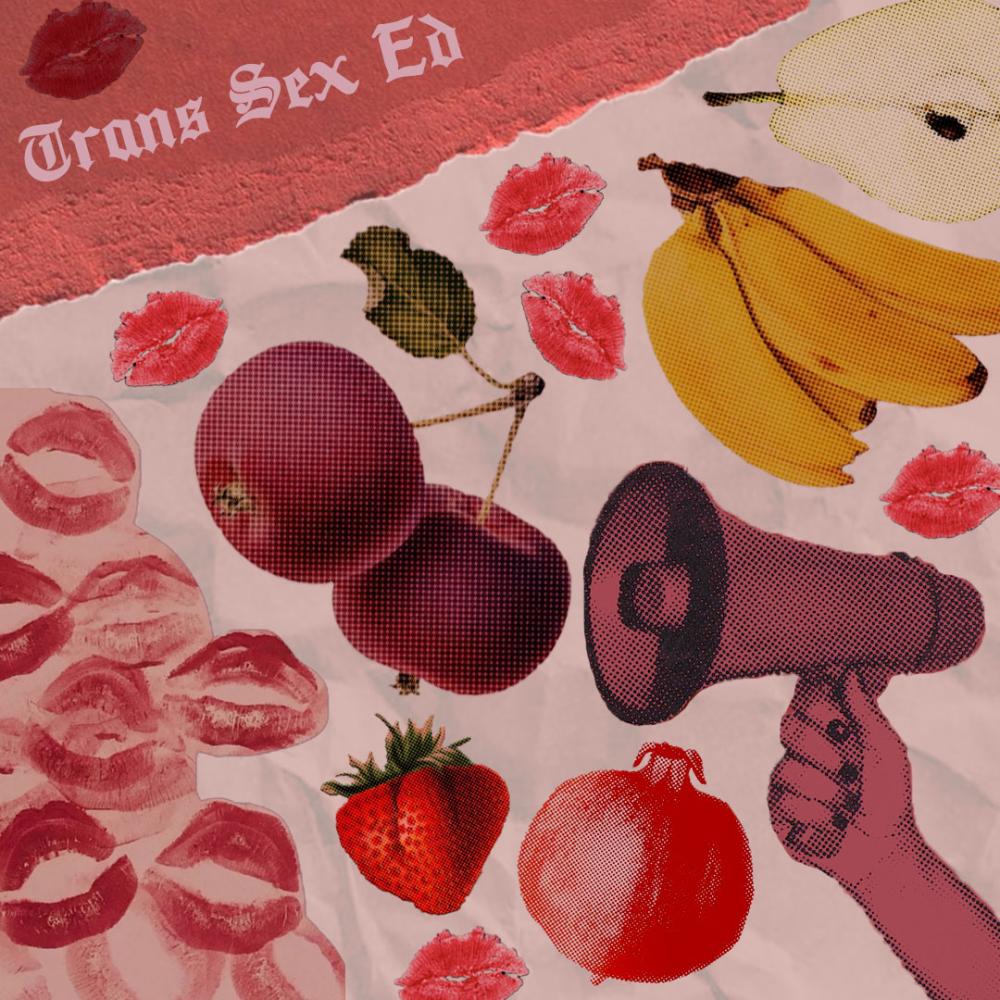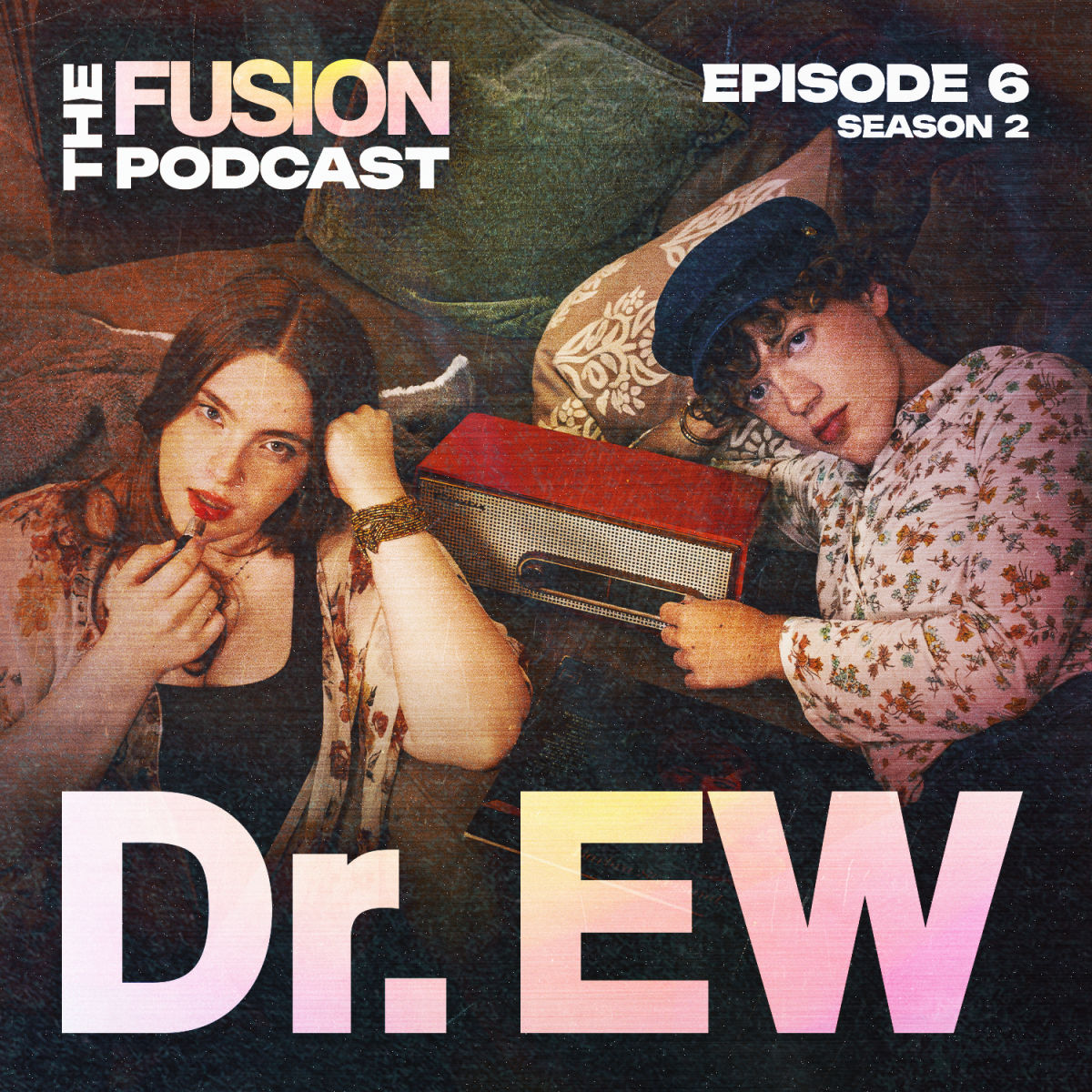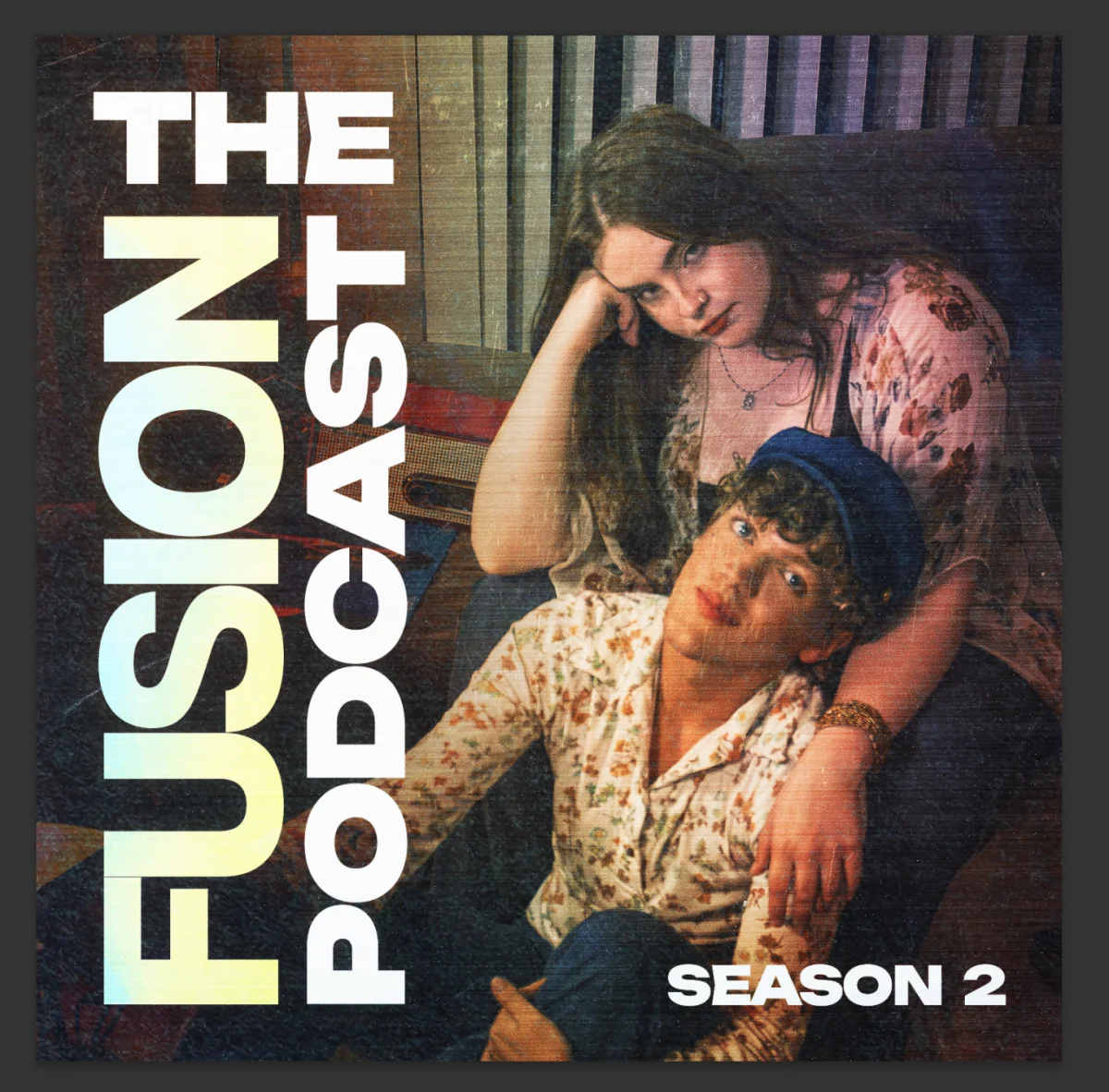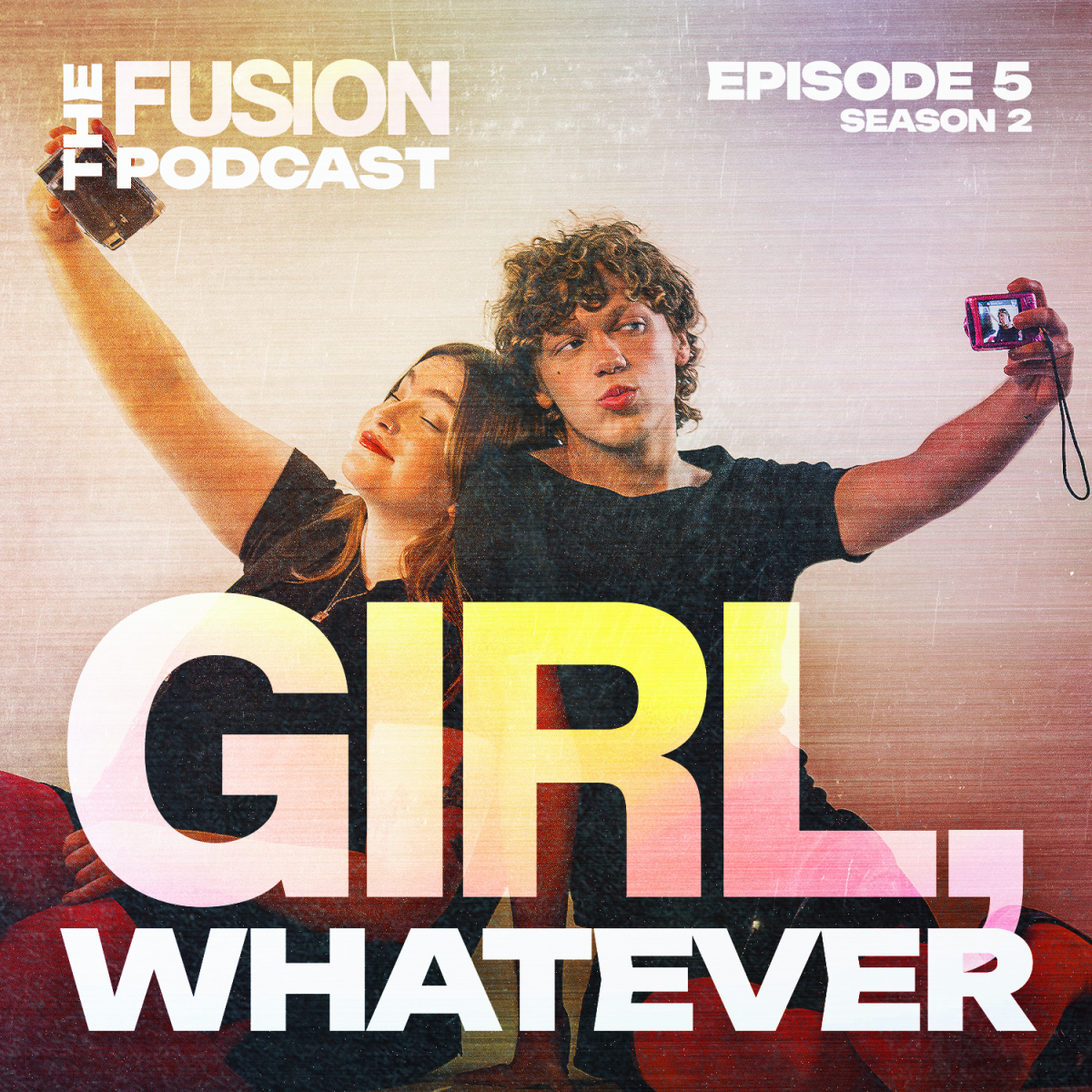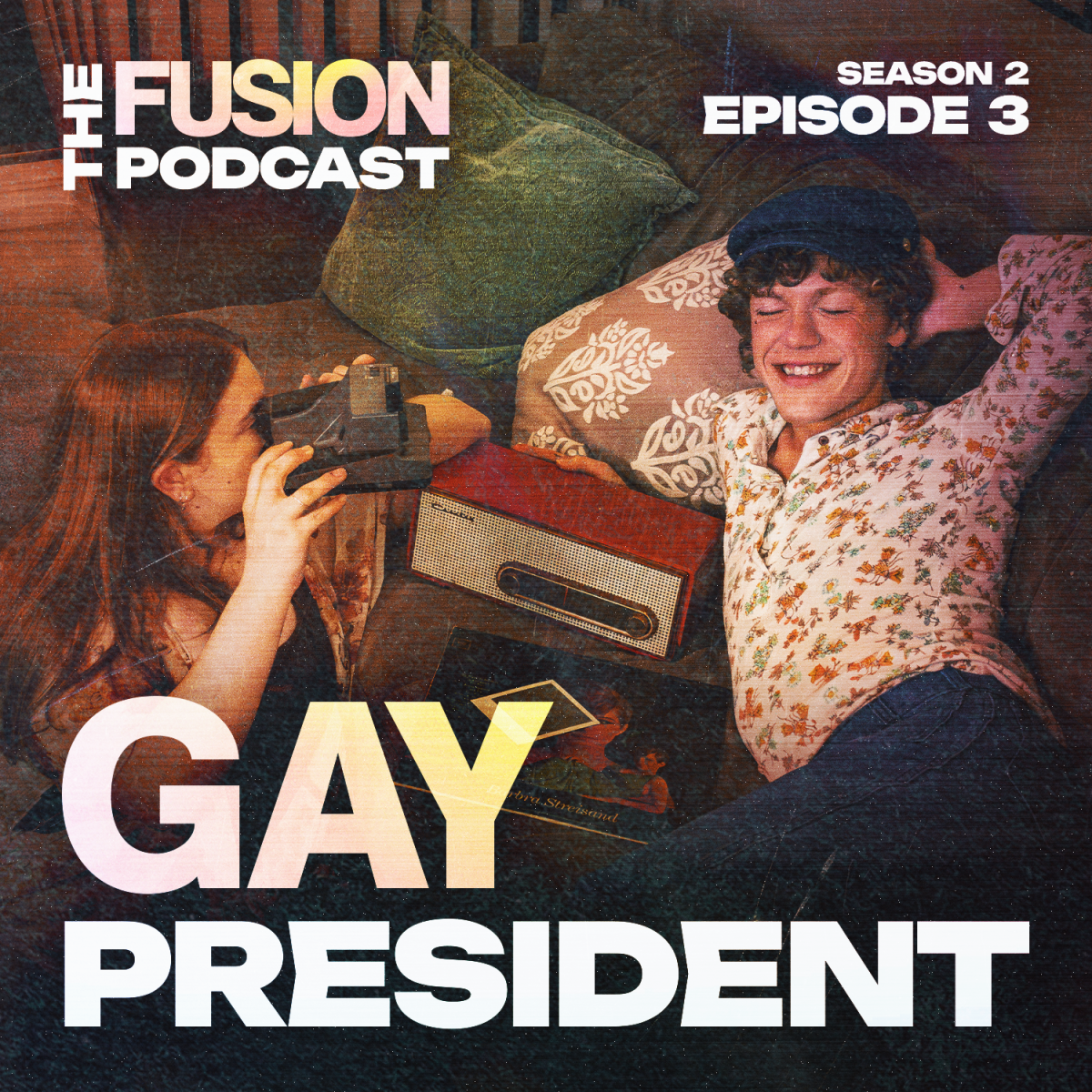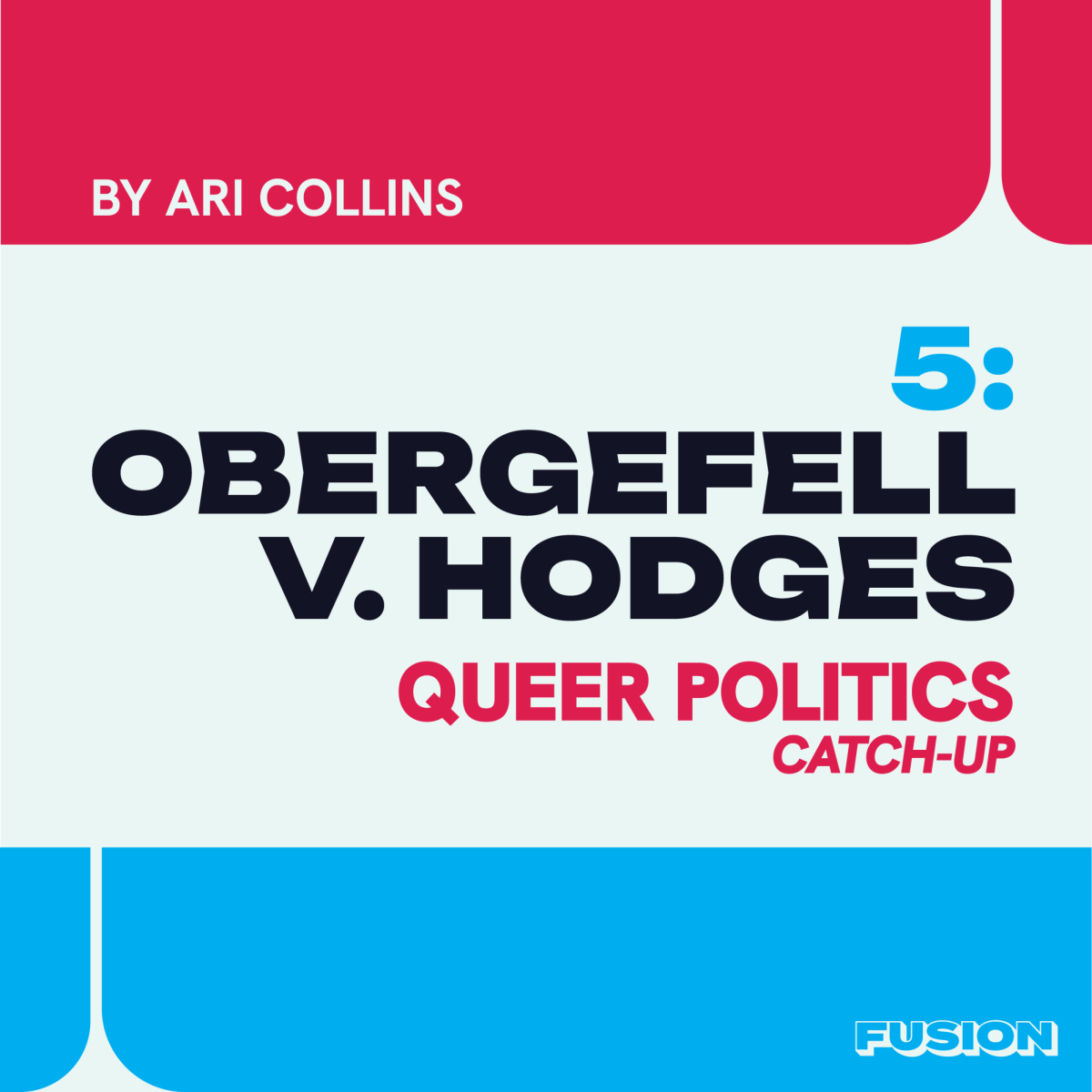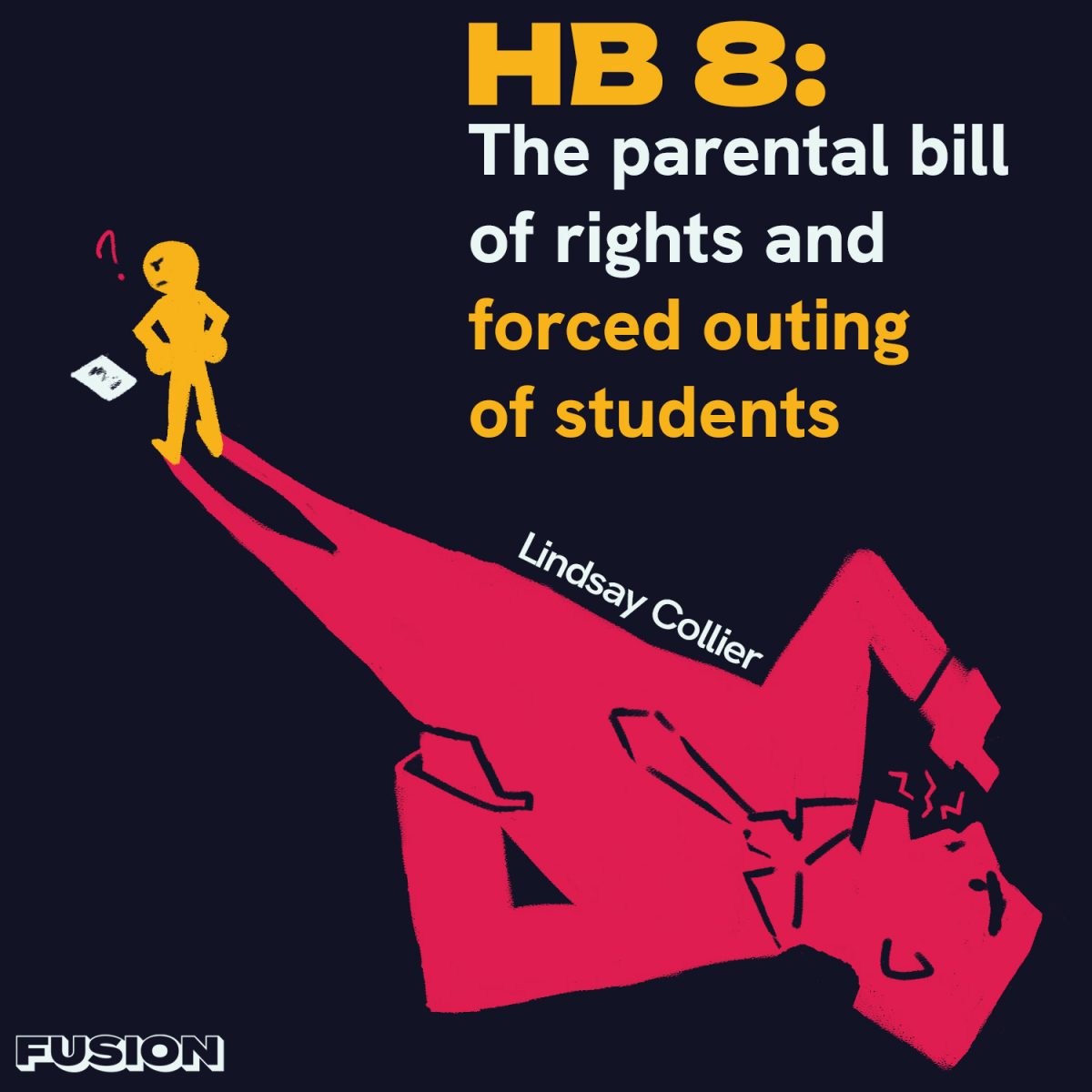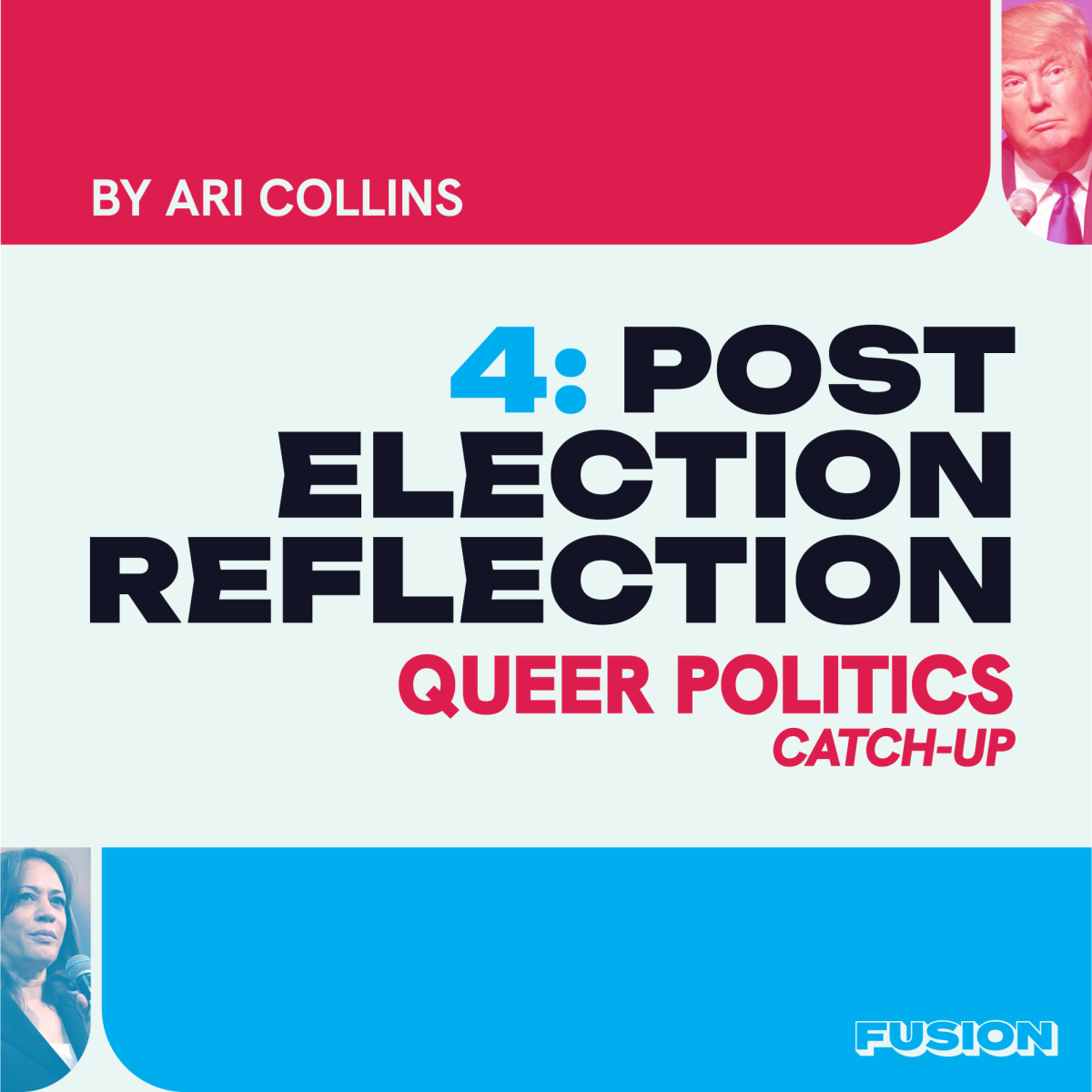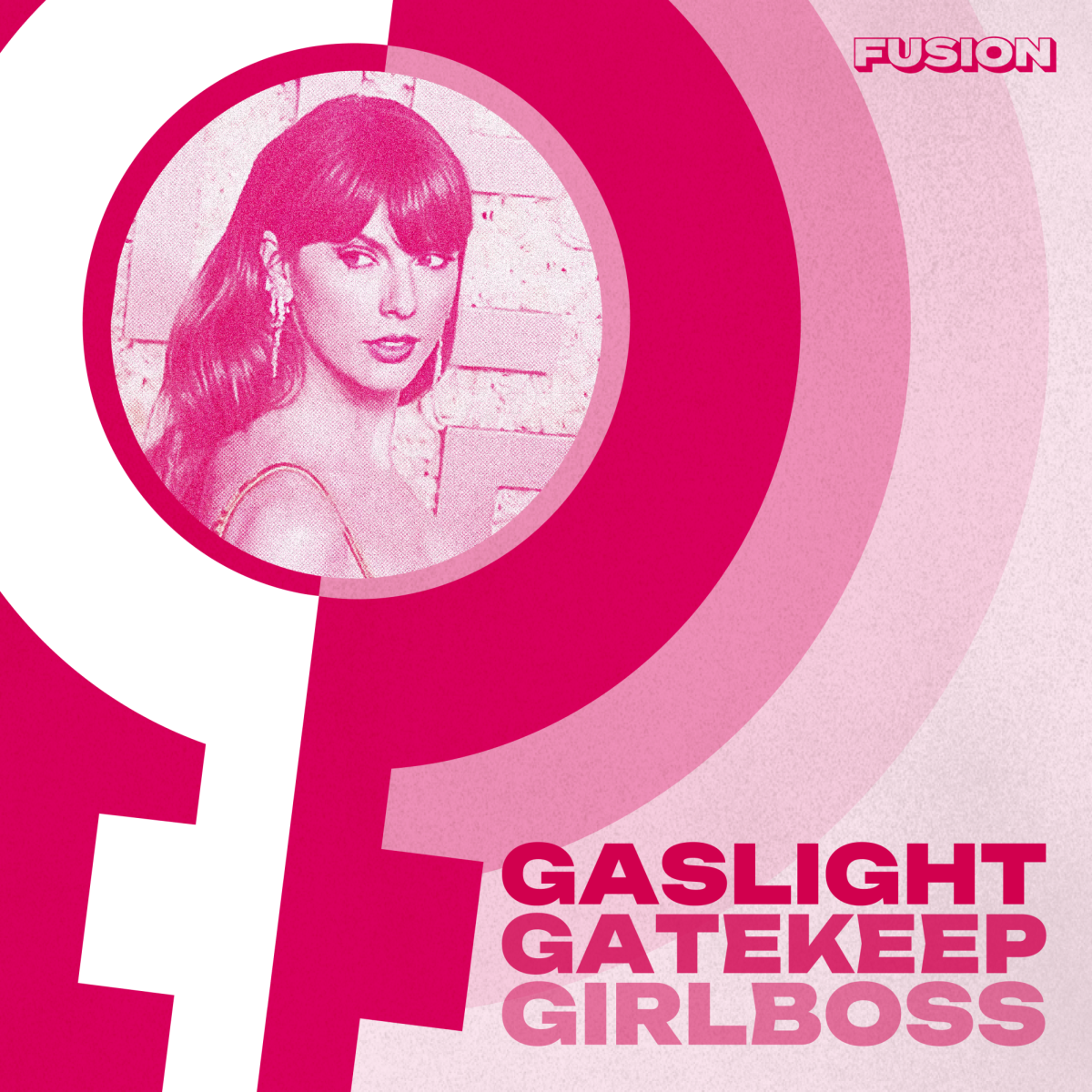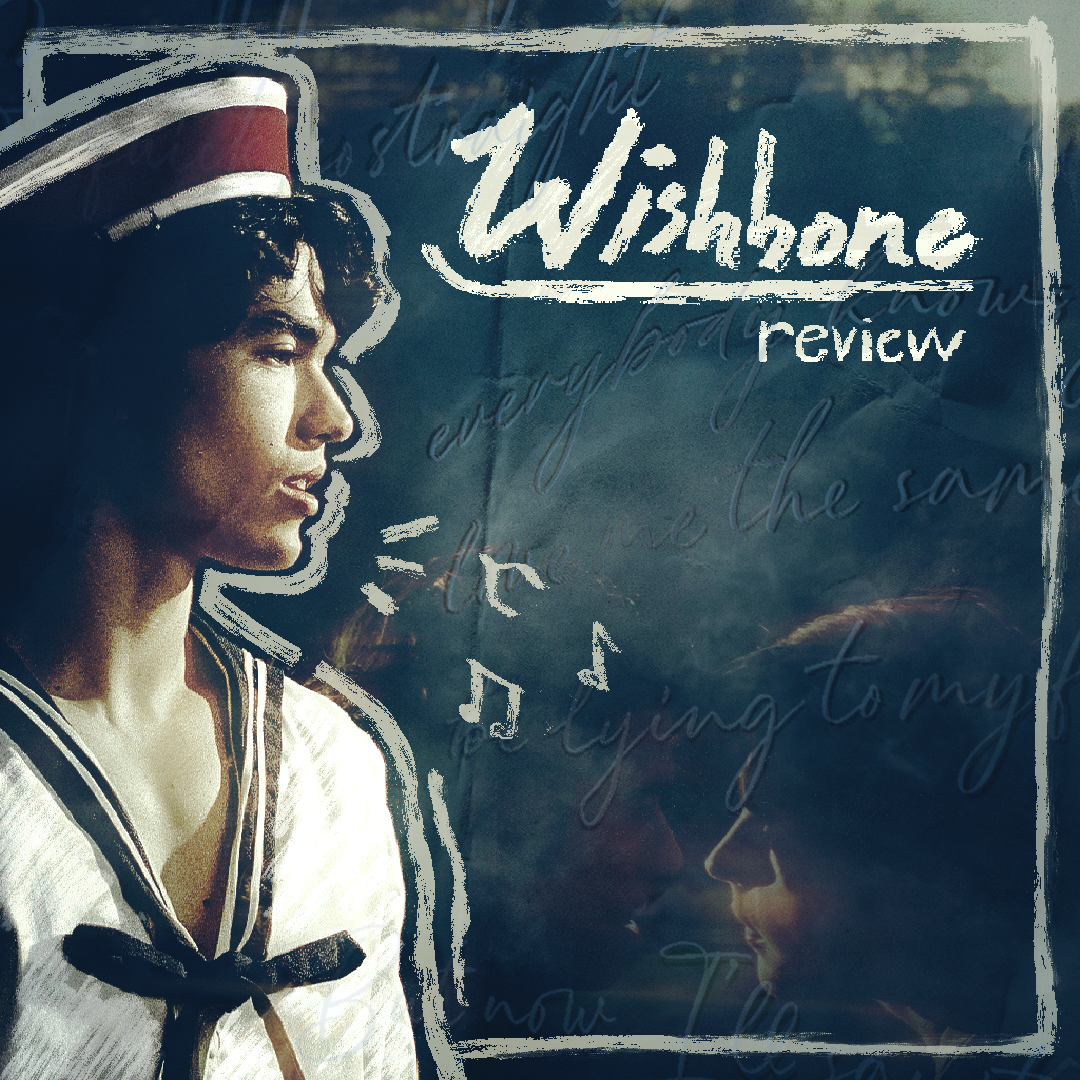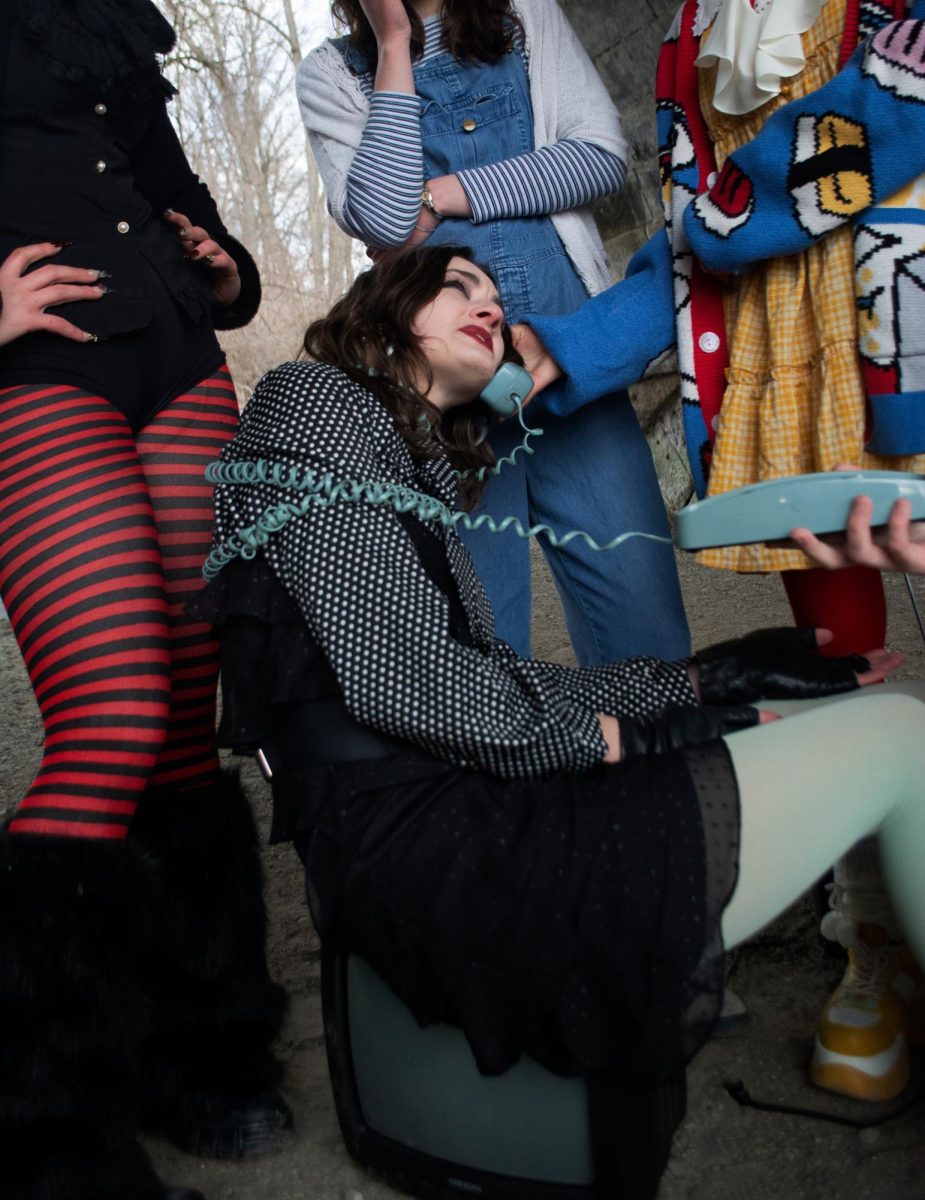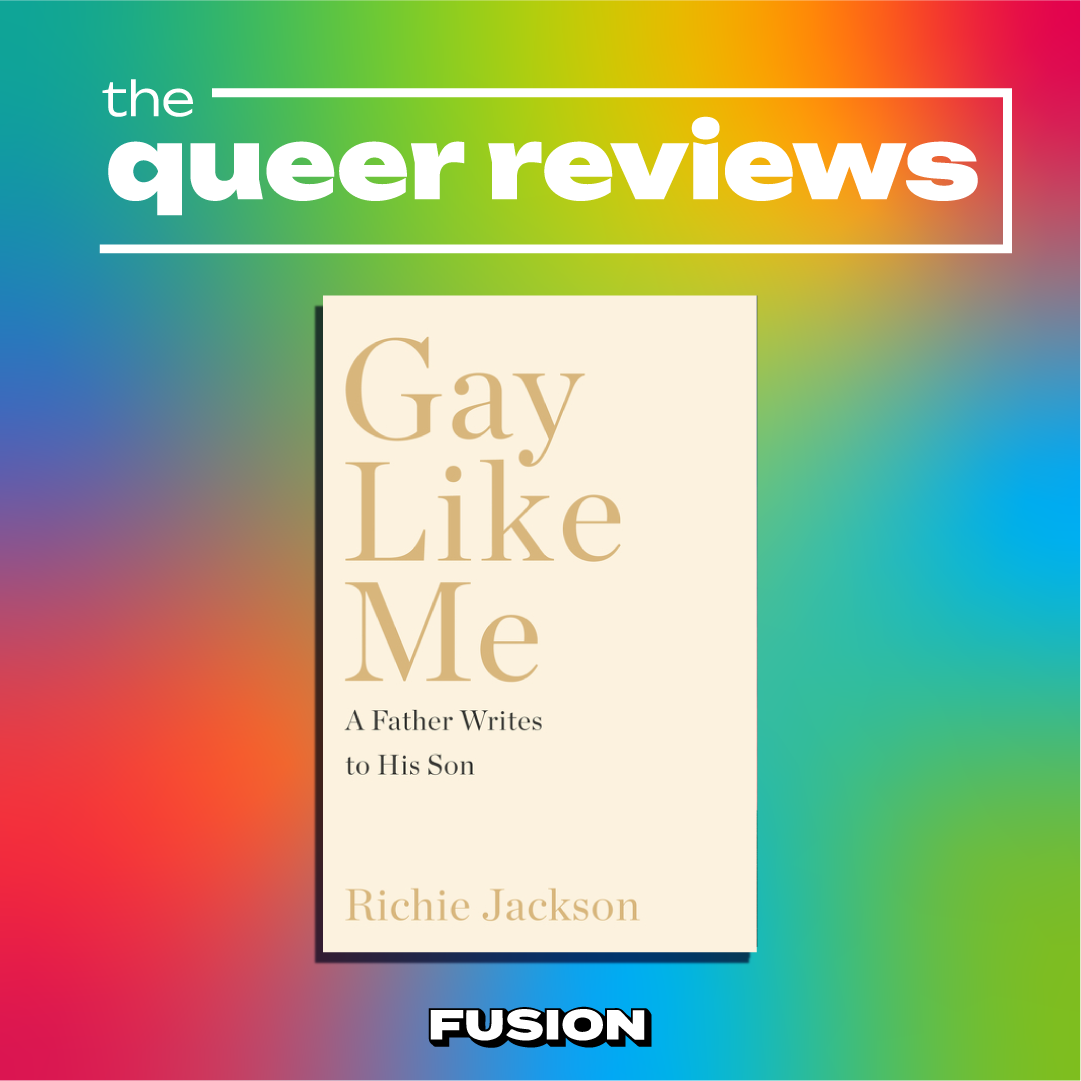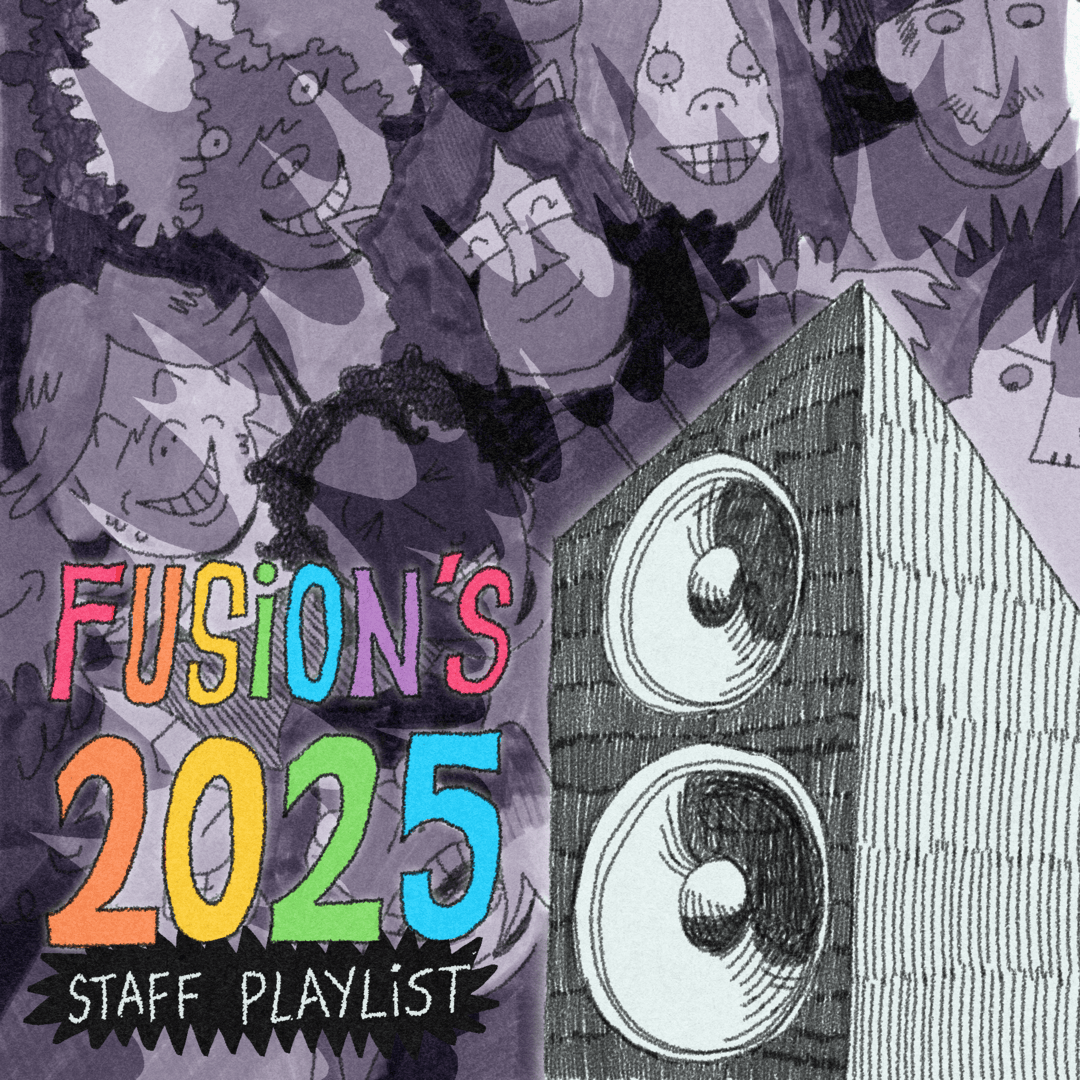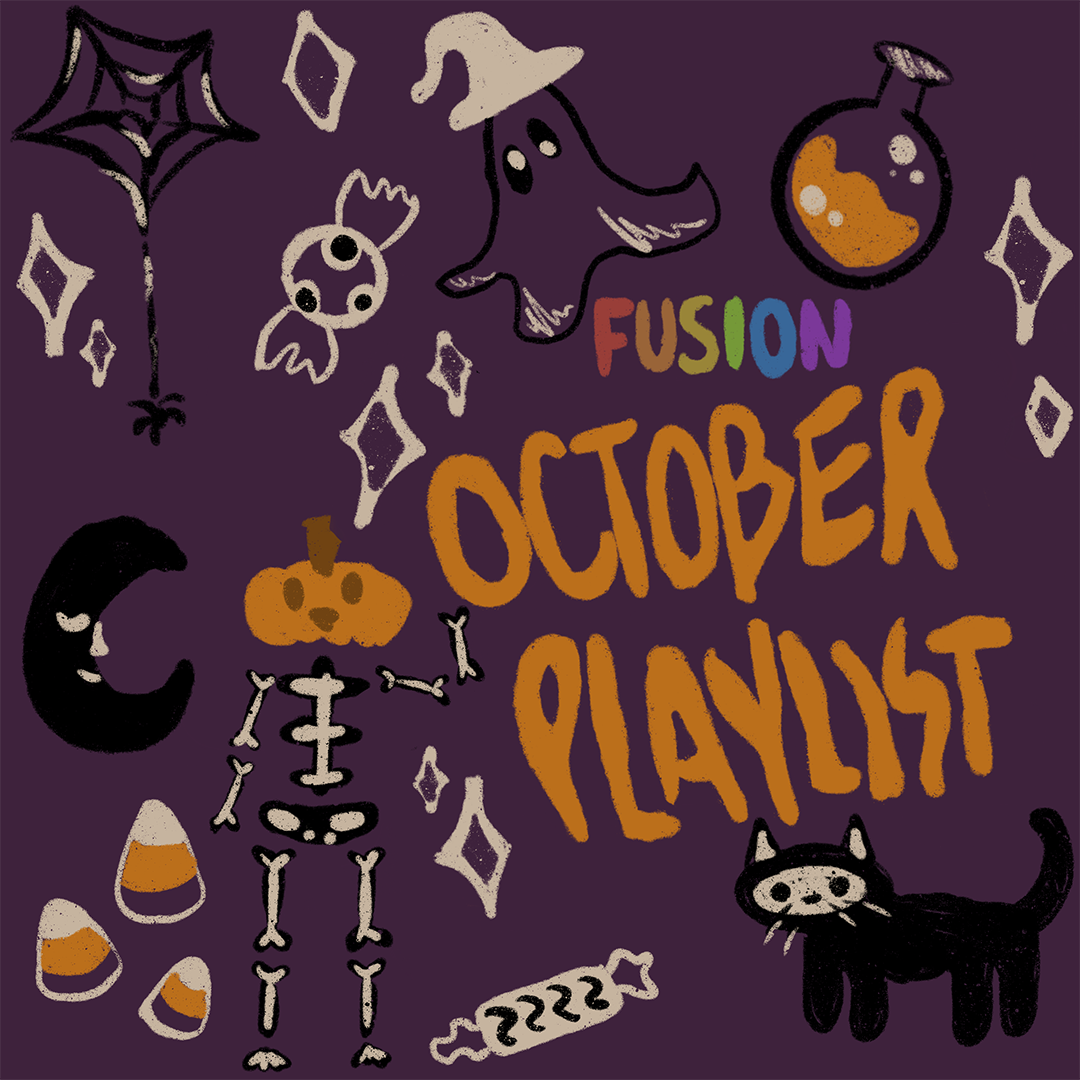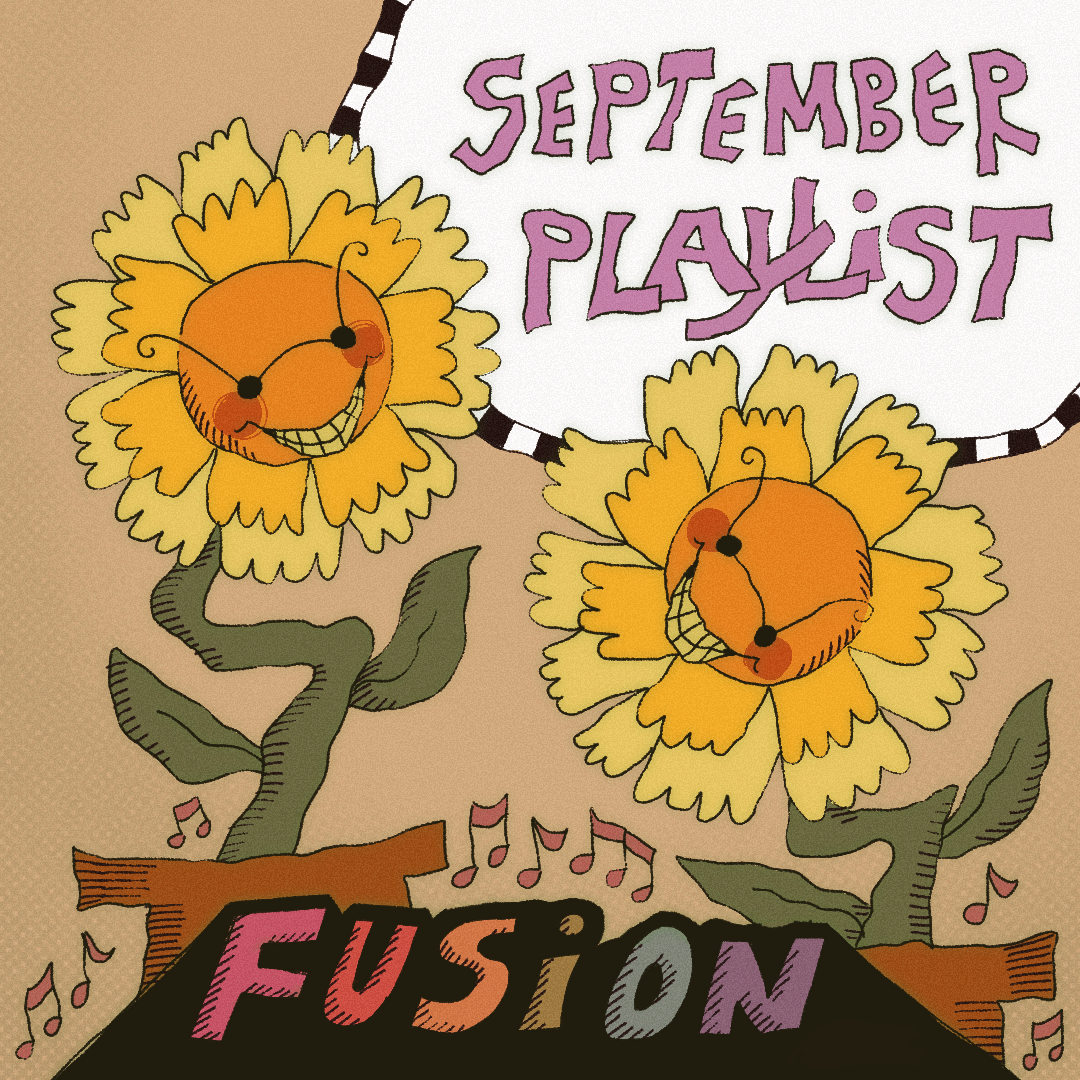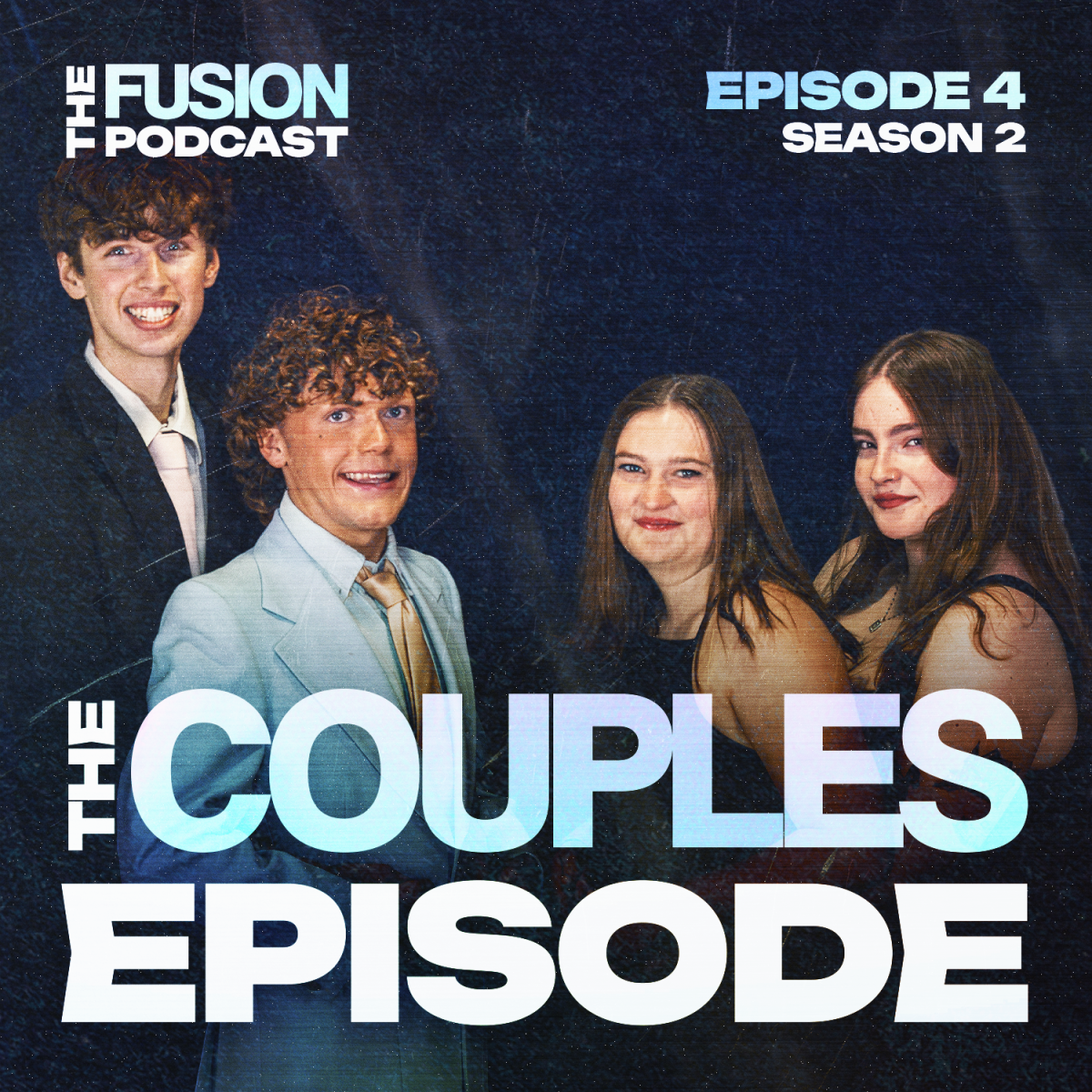
Story by Nina Gwin and Mandolin Arnett
Fashion in LGBTQ+ communities has historically been outlandish and eccentric. From anti-fashion to drag to symbolic piercings, LGBTQ+ people are drawn to using fashion to congregate a sense of belonging. Recently, circus and jester-inspired elements have become an influence among queer fashion; the slang term “clowncore” describes the aesthetic pertaining to modernized circus attire. Clown-like silhouettes and motifs are seen on red carpets and runways. Balloon-like silhouettes, oversized collars and absurd, colorful prints have emerged within the fashion realm and are trickling down into streetwear among queer youth.

When it comes to finding a sense of belonging through fashion, many LGBTQ+ youth feel as though the way they dress solidifies their identity as queer people. “All of my clothes are pastel and colorful and fun,” said Candy Autrey, a Kent State freshman, “and I’m also fun and colorful and outgoing. So I like to show that I’m outgoing with my clothes.”
As far back as the 1980s, designers like Franco Moschino and Betsey Johnson were paving the way for this niche of fashion with color blocking, campy proportions and in-your-face patterns. Another possible link to how “clowncore” came to mainstream queer fashion can be traced to New York City’s 1980s ballroom culture and 1990s Club Kids. Both of these involved creating never-before-seen and really out-of-the-box inventive details. At that time, fashion like this was much less accepted, especially during the AIDS crisis and the hysteria surrounding queer people.

The ballroom and Club Kids culture in the 1990s enticed people who were looking for a lighthearted escape out of a very heavy era. People’s chosen families were rapidly passing around them, and ballroom and clubbing was a way to cope with it all. At its core, clown-like queer fashion deconstructed rules.
Clothes can be used not only to satisfy an exuberant aesthetic, but also to gratify gender. Ashley Nolan, a Kent State sophomore, said, “I feel like the clothing I wear definitely shows that I’m queer.” Combining queer-coded motifs with androgynous silhouettes creates leeway for LGBTQ+ individuals to engage in queer fashion.
“I mean, I guess I do like to combine ‘male and female’ clothing and mesh them together and make an androgynous outfit,” added Nolan. “I feel like queer people kind of add more character to their outfit by layering, wearing mismatched stuff and, you know, kind of experimenting.” Overall, queer individuals have a history of using fashion to engage in interpersonal and interpersonal proclamation.


